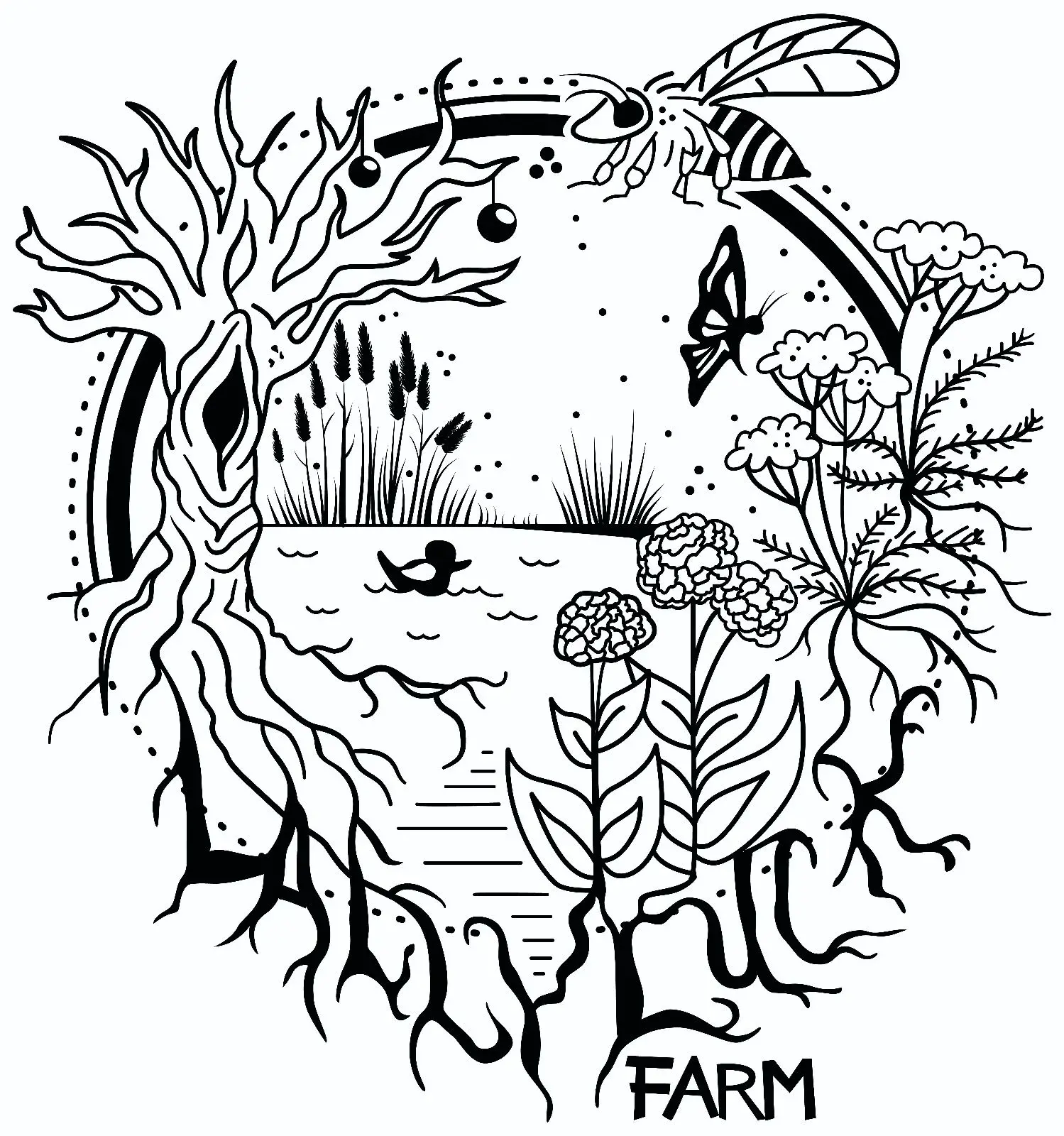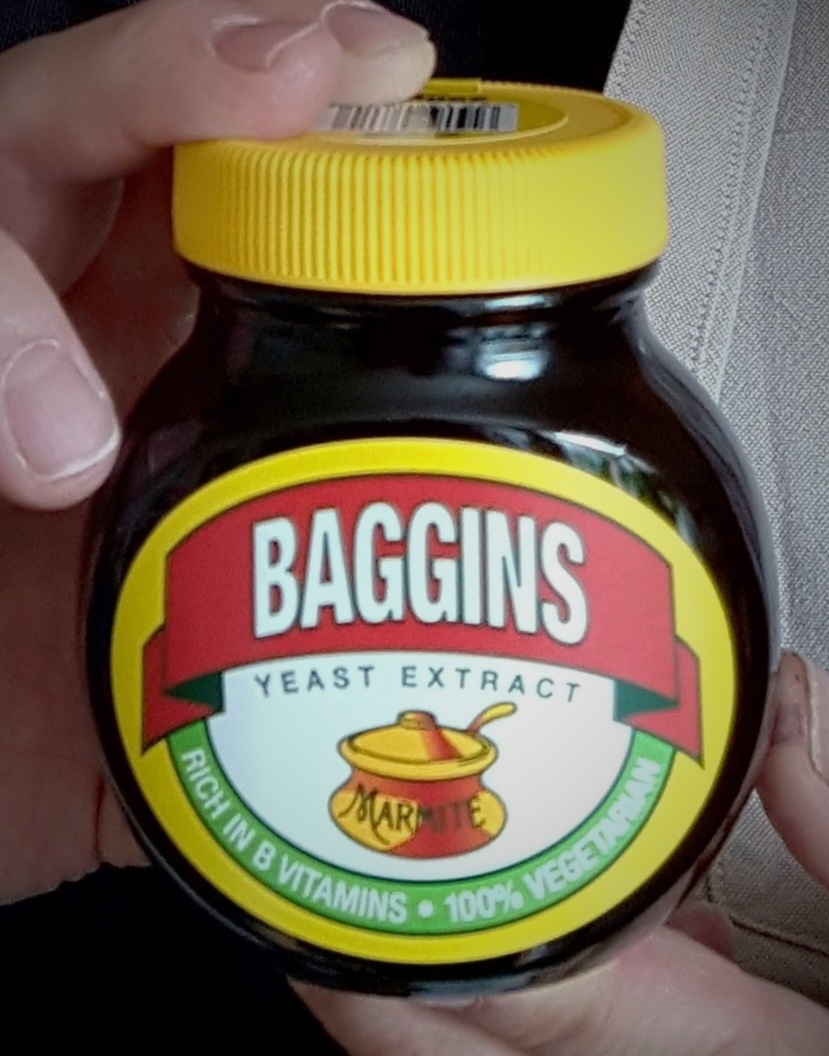[Image description: nearly a dozen small birds forage among the stalks of Monarda didyma]
We had hundreds of birds visiting our gardens after a recent snow storm, with each small social group foraging among different clusters of plants and occasionally squabbling over them. It was so noticeable that a neighbor had to stop driving past and tell us how crazy it was, and how few birds were stopping at her house even with a bird feeder out. And she wasn’t the only one to remark about it.
One thing each of these neighbors have in common is that they’ve each cut back their gardens in the fall and removed the stems, stalks, and seed heads, while we wait until we begin seeing new growth from the bases of plants to cutback old growth. We don’t remove those bits and bobs from the space but rather lay them down in the same vicinity and let them decompose during the season, after whatever insect life they’ve harbored has emerged.
Winter interest in gardens helps to provide enjoyment for the gardener, and can help to defray social tensions between “clean reset” gardeners and those who leave everything standing like we do. More than that, though, it provides habitat for insects that support so many other creatures and provides protection for overwintering birds in a way that a bird feeder out in the open cannot.
how few birds were stopping at her house even with a bird feeder out Like so many - and I’ve been guilty of it in the past - their garden is for appearance sake and no thought given to whatever else may call it home. People need to be educated. As for fake grass? There is a special deep, dark place in hell for the inventor and those that use it.
I agree that some of the neighbors have gardens purely for display, but they are a minority of the neighborhood we’re in thankfully. There are plenty of folks out there with nary a native plant or anything besides grass (which, ugh). But I like to think that those who are planting beneficial and host plants but cutting them back in the fall just haven’t, as you said, been taught about just how critical that structure is during the parts of the year when small lives are less noticeable.
Personally, I prefer to engage and encourage when folks ask after the differences in the sheer amount of wildlife between their spots and ours. It’s been my experience that a sort of “let’s figure this out together” guided learning leads to a more robust response towards stewardship (defined here as shorthand for ecologically mindful stewardship aimed at environmental health and resilience) and a relationship that allows for less apprehension of future conversations.
There is a special deep, dark place in hell for the inventor
Them and the minds behind “weed block fabric” made of plastic
Yes! I’d forgotten about that.


